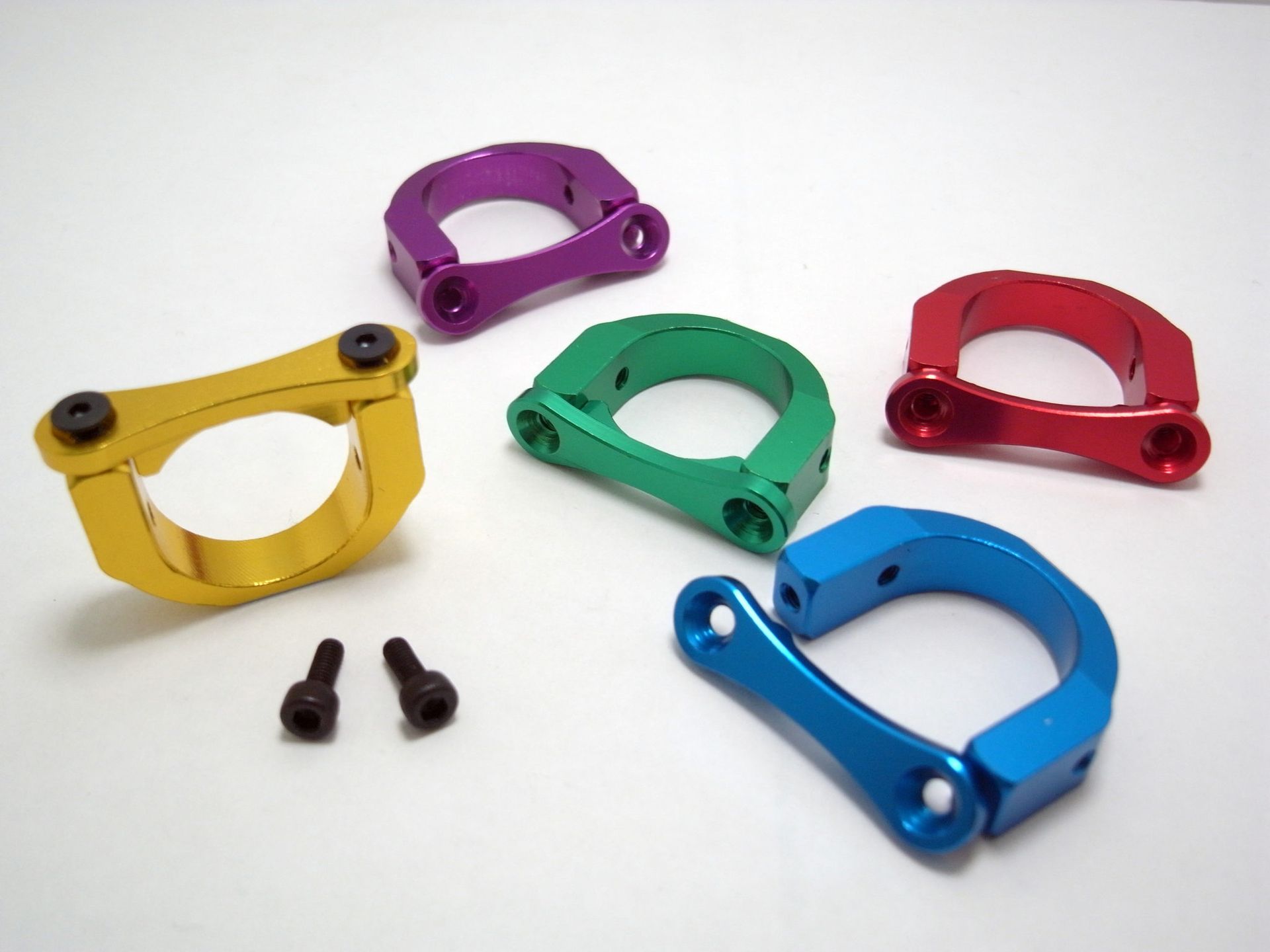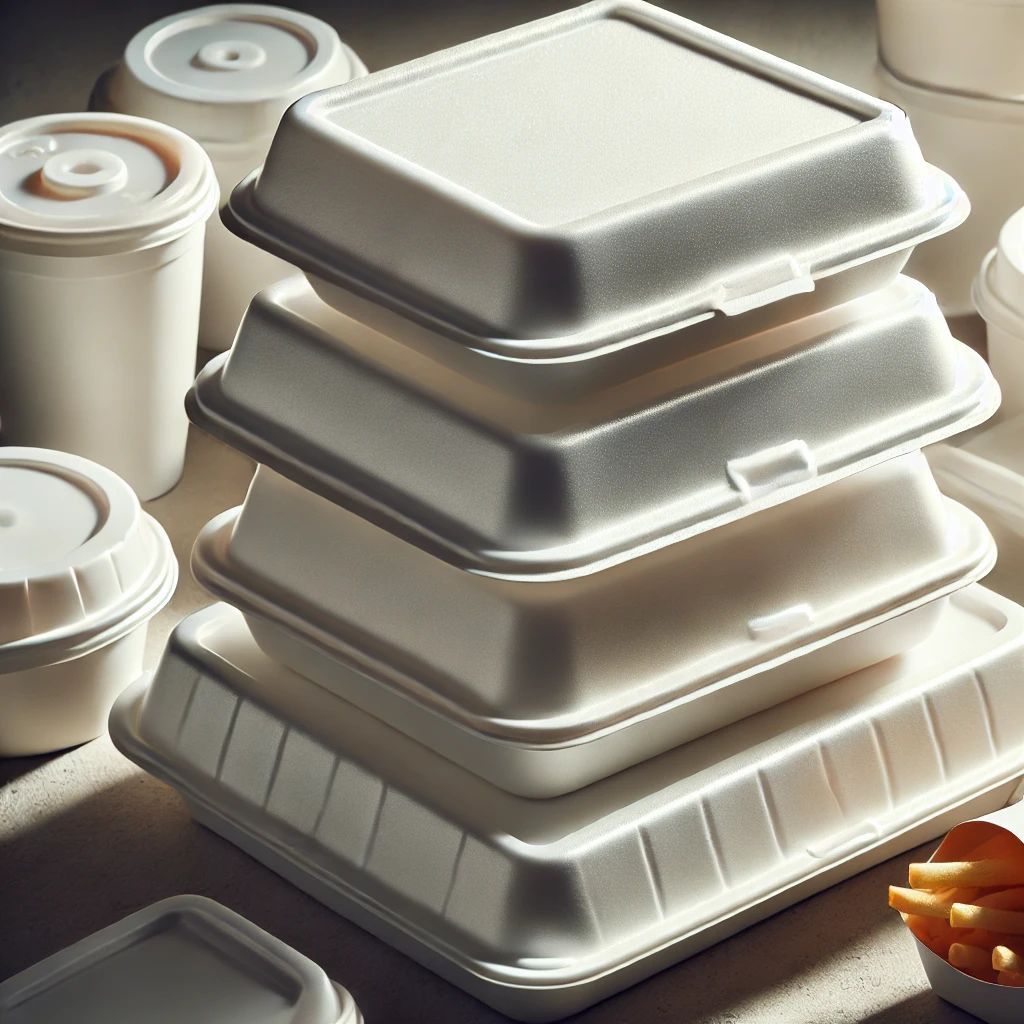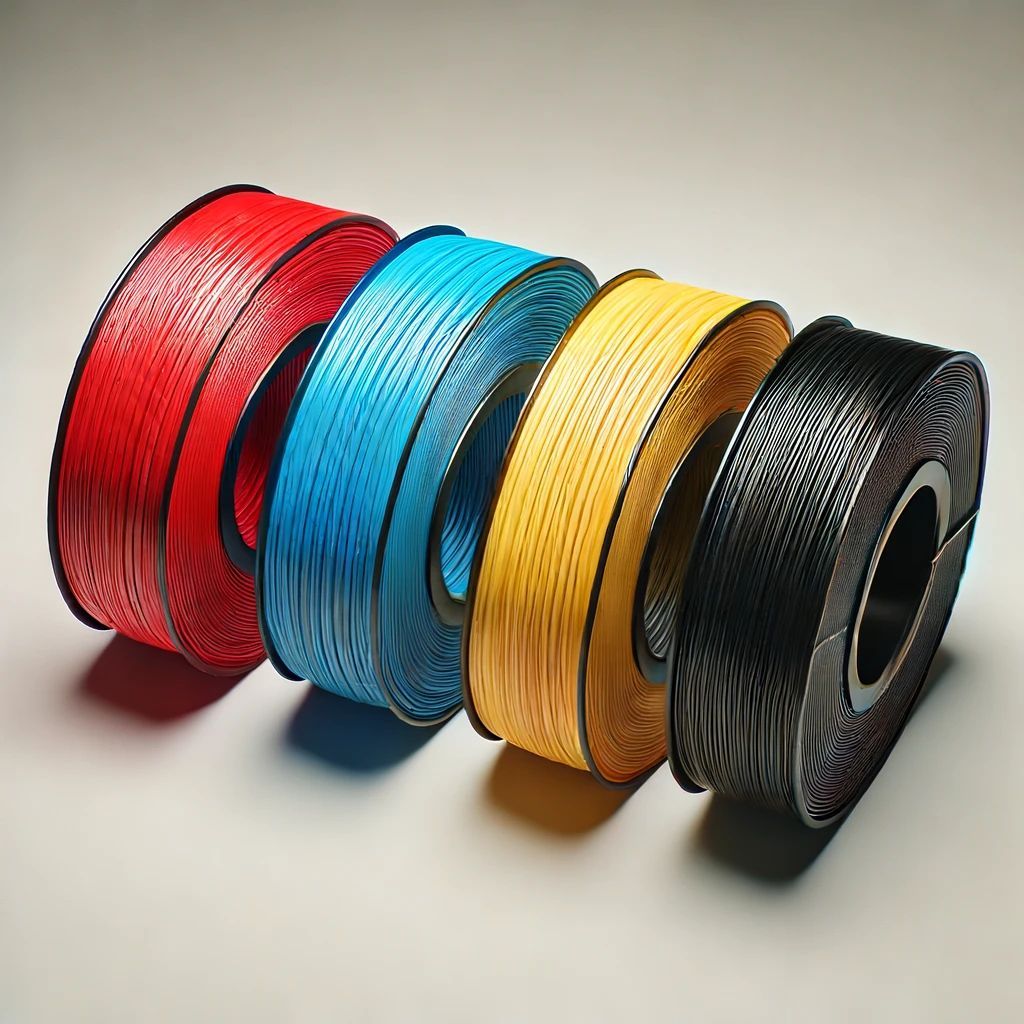3D Printing with TPU: What You Need to Know
3D Printing with TPU: What You Need to Know About This Material

Today, there are various types of 3D printing materials available. Each of them has its own advantages and limitations. Some materials are better suited for certain applications than others. For example, some materials have a high glass transition temperature, which makes them suitable for use in hot environments. On the other hand, some materials are not resistant to UV light and may degrade over time.
TPU is a 3D printing material that is relatively new on the scene. It has many desirable properties, but it also has some limitations that you should be aware of before using it for your next project. So, let's take a look at what this exciting new material has to offer and what you should know about it.
What is TPU?
TPU is short for thermoplastic polyurethane. It’s a type of thermoplastic elastomer (TPE) that combines the properties of a thermoplastic with those of an elastic polymer. TPU is one of the most widely used materials in 3D printing because it has a broad range of properties. It can be soft and stretchy or hard and rigid, depending on the type used and on the formulation.
TPU is commonly used in the clothing industry to make athletic shoes, sports bras, and other apparel. It’s also used in bags, protective gear, footwear, water bottles, and more. TPU is often used in combination with other materials. For example, it can be mixed with polycarbonate to make a material that is both impact-resistant and UV-stable.
TPU is often used in applications where parts need to have certain mechanical properties such as flexibility and elasticity. In fact, many types of toys are made from TPU because it can withstand impacts better than most other plastics. Also, since this material can be easily processed by 3D printers and injection molding machines, it is often used in prototyping applications.
Why is TPU growing in popularity?
As mentioned above, TPU has a broad range of properties, making it suitable for a wide range of applications. While each material has its own unique set of advantages and limitations, TPU is particularly well suited for a variety of industries and applications.
Among the many reasons why TPU is gaining popularity among manufacturers:
- Environmentally friendly. Because TPU is the least polluting choice among synthetic polymers, it’s a great option for eco-friendly 3D printing. It can be made from renewable sources such as corn, sugarcane, and trees.
- Resistant to chemicals. TPU has excellent resistance to most chemicals, making it suitable for use in a wide range of industries. It’s commonly used for making rubber gloves, footwear, and medical devices such as syringes.
- Resistant to high temperatures. TPU has a high melting point, making it suitable for use in applications that involve high temperatures. For example, it can be used to make automotive parts such as hoses and gaskets.
- Resistant to abrasion. Because of its low coefficient of friction, TPU is resistant to abrasion. It can be used to make gears and other components that require a low coefficient of friction as well as resistance to wear.
- Resistant to UV damage. TPU is remarkably resistant to UV light exposure and degradation, making it suitable for use in outdoor applications such as signs and banners.
TPU is one of the most promising types of 3D printing materials for the future because of its ability to combine different properties at a relatively low cost. As the technology continues to mature, we will likely see the number of industries using this material continue to grow exponentially over the next few years.
. TPU can withstand temperatures of up to 250 degrees Celsius, which makes it a good choice for use in hot environments. - UV-stable. TPU is a good choice for outdoor or indoor applications where it may be exposed to UV radiation. - Easy to recycle. Once a product made of TPU has reached the end of its life, the material can be recycled and reused.

Benefits of Using TPU for 3D Printing
One thing that makes this material really stand out among others is its high elastic. Other materials may have a high moisture resistance or be particularly UV-stable so that they can be used outdoors. In this blog post, we explore the benefits of using thermoplastic polyurethane (TPU) as a material for 3D printing objects. In case you don’t know, TPU is a type of thermoplastic elastomer (TPE) that is frequently used in the automotive and medical industries.
It is often used to make 3D printing filaments that can be used with FFF (fused filament fabrication) 3D printers.
- Versatility. TPU can be used in a wide range of industries and applications. It can be used to create parts that are hard, soft, rigid, or elastic, making it an ideal additive manufacturing material for designers and engineers.
- Excellent mechanical properties. TPU has a high strength-to-weight ratio and is resistant to chemical corrosion and wear.
- Low friction coefficient. TPU has a low friction coefficient relative to other common 3D printing materials, which means that parts made of TPU will have less surface drag.
- Good electrical properties. TPU has a high dielectric strength, making it a good choice for use in electrical components such as printed circuit boards and electrical connectors.
- Low coefficient of thermal expansion. The low coefficient of thermal expansion makes TPU an ideal material for use in parts that will experience temperature changes over time, such as automotive components or medical devices.
- Lower stiffness than ABS and PLA. While TPU is strong and flexible, it is not as stiff as other common 3D printing materials like ABS or PLA. This can be an issue if the part you are trying to print needs to be very rigid or if it needs to hold its shape at elevated temperatures or while under stress.
- Limited range of colors available on the market today. While there are companies working to improve this situation by adding more colors to their product offerings, the current selection of colors for TPU filament is limited compared with that for other 3D printing materials like ABS or PLA.
. TPU can be made with a low friction coefficient (0.19), making it a suitable for a wide range of applications.
- Easy to print. TPU is generally easy to print, which makes it a good option for beginners in 3D printing.
- Low cost. While some advanced materials can be expensive, TPU is affordable and affordable.
TPU Filament Is Flexible, Durable and Lightweight
One of the biggest advantages of using a TPU material is that it’s flexible. This makes it suitable for use in applications where flexibility is required, such as medical devices.
If a product needs to flex, bend or stretch without breaking or cracking, then a TPU material would be ideal.
The material can also be used in situations where objects need to move smoothly over each other without getting stuck or damaged by friction.
This makes it suitable for use in automotive and robotics applications where parts need to slide over one another smoothly and efficiently without causing damage or wear and tear on any moving parts. It’s also useful for creating items that need to flex and bend but don’t require high tensile strength or resistance against impact-related damage (e.g., automotive bumpers).
TPU materials are also very durable because they are resistant to UV light exposure and heat up to 60° C (140° F). This means that they can be printed with standard PLA/A. Read on to learn more about this type of 3D printing material and why it’s becoming an increasingly popular option for manufacturers today.

Limitations of TPU
Like all materials, TPU has its limitations. Among the most important considerations when choosing TPU:
- Low impact resistance. TPU is not a good choice for applications that require high impact resistance. This is especially important to keep in mind when designing parts that will be used in sports equipment, such as helmets and knee pads.
- Not suitable for outdoor use. TPU is not a good choice for outdoor applications where it may be exposed to UV radiation or extreme weather conditions.
- Not suitable for high-temperature applications. TPU has a heat resistance of up to 60°C (140°F). It is not recommended for applications that require high-temperature resistance.
- Low strength. TPU has a tensile strength ranging from 30 to 70 MPa (4,500 to 10,000 psi). This means that it is less resistant to applied force than other 3D printing materials.
- Low accuracy. TPU’s relatively low accuracy makes it a poor choice for applications requiring precise mechanical fit, but it is good for parts that require a soft touch or flexibility.
TPU and Food Safe 3D Printing
One of the most well-known types of TPU material is the food safe variety, which is often used in the production of kitchenware such as cups and plates.
The material can be used in both PLA and ABS 3D printers because it has an excellent combination of heat resistance and impact resistance. It also meets FDA requirements for direct contact with food products.
TPU and Medical 3D Printing
TPU has also been used in the 3D printing of medical prosthetics. Prosthetic limbs are often made with a combination of flexible TPU and rigid ABS.
This gives them the best possible fit as well as impact resistance, which is important for protecting sensitive nerves.
The TPU component can be molded to fit the shape of a person’s residual limb, while the ABS component provides rigidity and strength for walking.
TPU Materials
There are several types of TPU material available on the market, some with special properties such as UV resistance or heat resistance. Some materials have better tensile strength than others, but all have good elasticity and flexibility. They are not suitable for high-temperature applications because their heat resistance is limited to between 60°C (140°F) and 90°C (194°F).
However, they can be used in most other applications including toys, phone cases, kitchenware, medical prosthetics and more. Here are some common types:
Food safe TPU is designed to be used in direct contact with food products such as cups or plates. It meets FDA requirements for food contact materials so it can be safely used in both PLA and ABS 3D printers without any issues regarding quality or safety concerns.
It has excellent impact resistance but relatively low tensile strength compared to other TPU materials. The material is extremely flexible so it can easily conform to.
Printing with TPU Materials
TPU materials are best suited for additive manufacturing processes using FDM or SLA technologies where they can be printed using standard PLA/A thermoplastic filaments.
TPU is a very soft material, so it can be joined using a good adhesive. It has high flexibility as well, so some users have had success coating their 3D printed objects in a layer of epoxy resin and then sanding it smooth.
This can help to increase the strength and durability of your TPU prints.
TPU materials are not UV-resistant, and will degrade if exposed to sunlight over prolonged periods of time.
They can also become brittle when frozen because they absorb water from the air during freezing.
Conclusion
TPU is a low-cost, easy-to-use material that can be used for a wide range of applications across industries. It can be used for making everything from protective gear and sports equipment to cosmetic products and more. With its excellent properties and low cost, TPU has become a widely used 3D printing material. It can be used to create hard and soft parts that are impact-resistant and suitable for use in hot environments.












